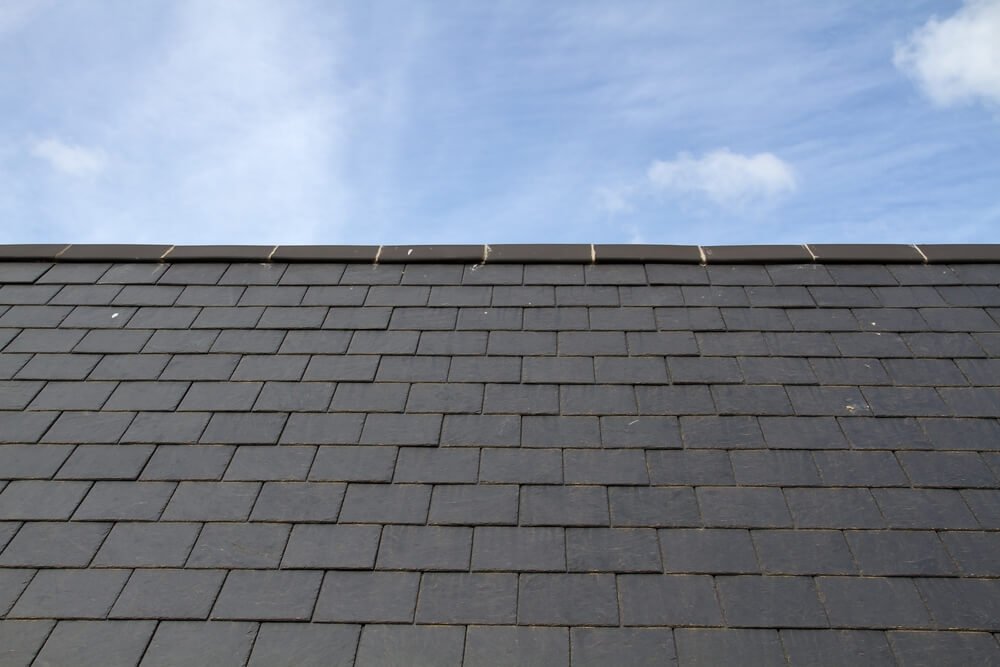Creating a lush, healthy lawn is not achievable in an instant, unless you are a fan of fake grass. However, with consistent and timely attention, it is possible to be rewarded with a lawn that will give you and others an enormous amount of pleasure all year round.
Irrespective of which climatic zone you are gardening in, there are certain specialized jobs that need to be done to ensure that your lawn is in the best possible condition, and lawn aeration is one of those jobs, according to a local gardening company in London, 1st Class Gardening Ltd.
Why is aeration so important?
If you have inherited a neglected lawn or you just did not realize how much care a lawn needs, you may notice a number of problems that are caused by lawn compaction. This occurs when a spongy, thatch layer builds up between the grass and the soil, and prevents the water, air and nutrients from reaching the soil.
This then leads to stagnation and disrupts the natural balance of beneficial microbes that are needed for a healthy lawn. Where lawn disease has taken hold or compacted soils cannot retain moisture, the natural aerators of the soil, namely earthworms, will have gone to greener pastures and the deterioration of your lawn will have begun. At this point, lawn aeration becomes a necessity.
What is lawn aeration?
Aeration is the process of relieving the pressure on the soil particles by making small, deep holes across the surface of the lawn. You need to release the soil particles so that the air can circulate and allow water to fill the spaces and nourish the grass roots. It facilitates restoration of the natural balance of bacteria and improves drainage, as well as stimulating strong root development.
According to Gardners’ World, this simple treatment will produce a more drought resistant, vigorous lawn and it also helps with natural weed control.
When is the best time to aerate a lawn?
The Royal Horticultural Society recommends that lawn repair work should occur when the weather is cool and damp i.e. spring or autumn – at the beginning or end of the growing season. In my opinion, autumn is the best time to assess your lawn after high usage in the summer, especially if it has been a long, dry one. Also, the process of aeration can leave the lawn looking somewhat unattractive for a while but it will not matter so much with the approach of winter.
This is the time to decide whether steps are needed to remediate problems that have occurred before the soil temperature drops. Any treatment or care will have the time to take effect before the growing season ends and an aerated lawn will have a better chance of survival through periods of heavy rainfall or drought.
It is, however, important to note that, total aeration of the lawn may not be needed annually, and for an average lawn it may only be necessary every couple of years. Also, focusing on particular areas that receive the most usage or have become waterlogged, means that problems can be nipped in the bud and the overall health of the lawn can be maintained.
How to aerate a lawn
Spiking is an effective method of aeration in smaller areas and can be easily done using a garden fork. Holes should be spaced 10-15cm apart (4-6in) and they should be as deep as possible.
For clay or waterlogged soil that is in need of deep and extensive aeration, a hollow-tine aerator or rolling lawn aerator should be used. Manual or powered lawn aerators may be obtained here, where the price range and product reviews may be seen.
Remember that this will only need to be done every three to four years. During this process, plugs of soil are withdrawn and deposited on the top of the lawn. On completion of the aeration, the plugs should be swept up and a top dressing raked over the holes to improve air circulation and water penetration.
It is not advisable to fertilize your lawn in the autumn as the fertilizers contain too much nitrogen, which encourages growth at the wrong time of the year and makes the lawn more susceptible to pests and disease.
However, an autumn lawn feed will offer protection during the cold, wet months to come. This is also the last opportunity to sow grass seed over the aerated soil to cover any bare patches.
In conclusion:
-
- The important lawn maintenance process of aeration should be used in cases of severely compacted soil or where water-logging is a problem.
- It is best to do it in the spring or autumn when the soil is a warm temperature.
- Deal with small problem areas as quickly as possible using a garden fork or undertake a large aeration project every two to four years, depending on the condition of your lawn.
Here’s wishing you the best of luck with your lawn maintenance and I hope that the grass will always be greener wherever you happen to be!



